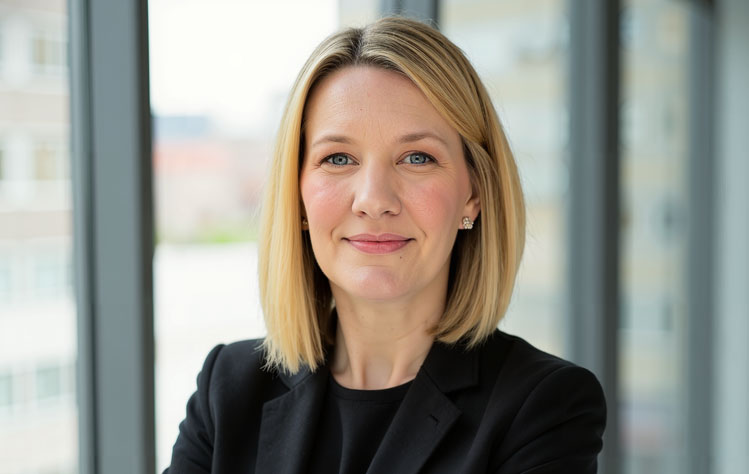Endowed scholarships, which exist in perpetuity, create a legacy that lasts from one
generation to the next because the principal remains intact, while only a portion
of the earnings is used to provide financial aid. Endowed scholarships may be named
for the supporter or for someone whom a supporter wishes to memorialize or honor.
Found a scholarship that you want to support or want to establish one that fits your
giving goals? Make your gift online or email giving@webster.edu.
Endowed Funds Frequently Asked Questions
Endowment funds are critical to the financial health of higher education and are essential
to the University’s ability to provide high-quality, affordable and accessible education.
Donations designated for the endowment are held in perpetuity and invested to provide
long-term growth while simultaneously providing an annual distribution to support
current institutional needs. Each year, Webster distributes a percentage of the fund’s
value, the “allocation amount,” to a designated area according to each donor’s wishes.
By preserving the endowment principal, the distributions can forever support student
scholarships, professorships, ongoing building maintenance or other priorities as
directed by the donor.
What is the minimum to establish an endowment fund and when will it begin to pay out?
Endowed funds start at $5,000 for Webster University’s Community Music School and
go up to $1 million or more depending on the type of fund and the donor’s intent.
Endowed scholarships, our most common type of endowed fund, have a minimum of $25,000.
Per University policy, funds begin to pay out when the pledge amount is fulfilled
in its entirety and an allocation meets our spending policy.
When does my endowment fund begin to pay out to the area I’ve designated?
Once the pledge is fulfilled for the endowed fund you’ve created and the fund balance
exceeds the fund corpus (the sum of all contributions, payments and matches made to
the fund since its inception), an allocation amount is possible. The allocation amount
for the upcoming academic year is set once per year as of December 31.
If the allocation, as calculated under the University’s spending policy, would reduce
the fund’s market value as of December 31 to an amount less than its corpus value,
the award will be limited to the difference between corpus value and the December
31 market value. If the fund’s market value as of December 31 is less than its corpus
value, no allocation will be available. University policy forbids erosion of the corpus
of an endowed fund by deficit spending. The University’s endowment expenditure rate
is established by its Board of Trustees. Currently, it is the average of the preceding
12 quarters as of the preceding December 31, multiplied by 4.5%, less administration
fees.
Definition of Report Terms on your Individualized Fund Report
- Fund Corpus: The sum of all contributions, payments and matches made to the fund since its inception.
- Fund Balance: The total amount in the fund, including fund corpus plus fund return.
- Allocation Amount: The amount of payout to be awarded that academic year for the donor’s designated
purpose. The fund allocation is based on a 12-calendar-quarter average market value,
multiplied by the rate established by the Board of Trustees, less any administrative
fees. University policy forbids erosion of the corpus of an endowed fund by deficit
spending.




